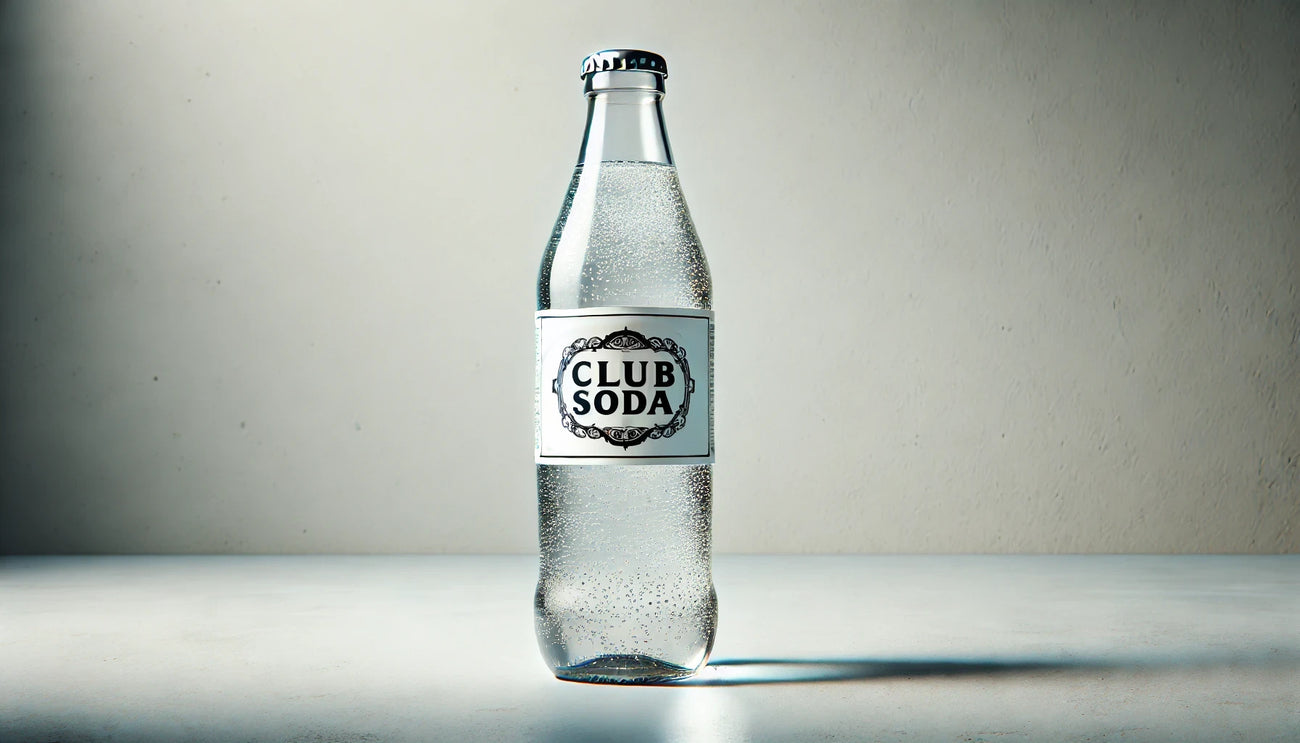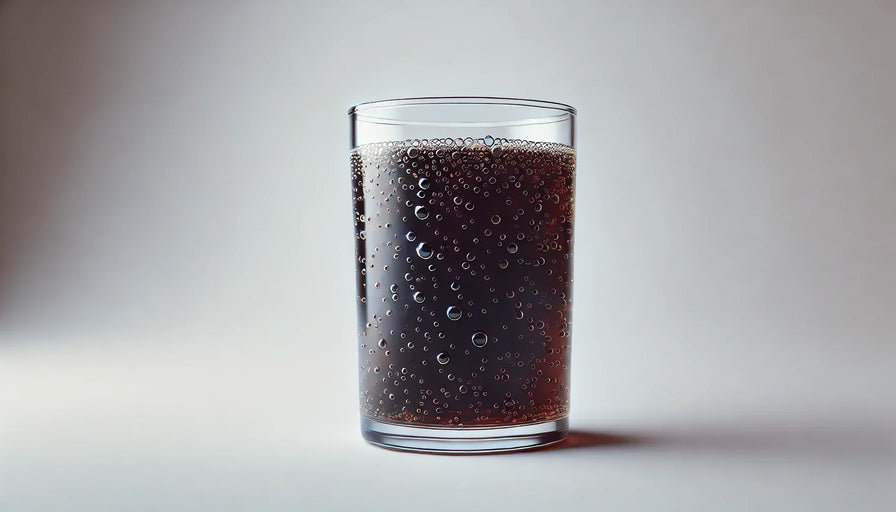
When was Club Soda Invented?

When was club soda invented?
Club soda originated in the early 19th century, around 1807. This drink was created by infusing water with minerals like sodium bicarbonate and potassium sulfate to enhance its flavor and imitate the experience of natural mineral springs.
Club soda has become a popular carbonated drink enjoyed by many, often used as a mixer in cocktails or consumed on its own.
According to the Beverage Marketing Corporation, the consumption of sparkling water in North America rose by 12% from 2018 to 2019, indicating a growing preference for carbonated beverages, including club soda.
Understanding the origins and production of club soda can offer insights into its role in the beverage industry and its enduring appeal over the centuries. Let's dive further into the history of club soda!
Table of contents
The birth of club soda
The first documented production of club soda was by Joseph Hawkins, an American chemist who created "soda water" in New York City in 1807. He later sold the recipe to a company called J & R Fountain Soda Company, which began mass-producing and distributing club soda across the United States.
Soda water as we know it, however, was created in 1783 and credited by Jacob Schweppe.
Initially marketed as a health tonic due to its mineral content, club soda quickly gained popularity as a refreshing drink and mixer for alcoholic beverages. Its popularity continued to rise throughout the 19th and 20th centuries, with various companies developing their own unique blends.
Related read: When was Bottled Water Invented?

First trademark of club soda
The Irish company Cantrell & Cochrane trademarked club soda in 1877 and began bottling it in 1878. It was originally marketed as an alternative to alcoholic drinks, with the slogan "Drink Cantrell & Cochrane's Club Soda - The Original Temperance Drink". This marked a shift towards healthier drink options during the temperance movement of the late 19th century.
Related read: The Origin of Tonic Water
Evolution of popular club soda brands
Following the introduction of Davenport's club soda in 1868, several other brands emerged, each contributing to the evolving landscape of carbonated beverages.
One notable brand is Canada Dry, established in 1904 by John J. McLaughlin. Initially known for its ginger ale, the company eventually introduced its own club soda, which gained widespread acclaim for its crispness and quality.
Another major player is Schweppes, which began in Switzerland in the late 18th century. By the early 20th century, Schweppes had expanded its offerings to include club soda, becoming one of the best-known brands globally.
In the mid-20th century, brands like Seltzer and Polar Beverages began to rise in popularity. Seltzer, known for its sparkling water in a siphon bottle, was foundational in popularizing carbonation at home, paving the way for the club soda market.
Polar Beverages, founded in 1882, expanded upon this tradition by offering a variety of carbonated beverages, including club soda, known for its distinctive taste and refreshing qualities.

Club soda vs carbonated water
Club soda and carbonated water are often confused, yet their origins and compositions reveal notable distinctions. Club soda emerged in response to the growing popularity of sparkling waters, crafted to mimic the taste of mineral waters from natural springs. It is enhanced with added minerals that lend a distinct flavor, making it a favored choice for cocktail mixers.
In contrast, carbonated water is simply filtered water infused with carbon dioxide gas under pressure, creating its signature bubbles. Unlike club soda, it lacks added minerals, resulting in a more neutral taste.
The creation of club soda is linked to Joseph Priestley's late 18th-century discovery of carbonated water. Priestley, an English chemist, experimented with various gases and found that carbon dioxide could produce a sparkling effect when introduced to water.

Summary
Club soda, invented in the early 19th century, has a rich history tied to the discovery of carbonated water. Initially created by Joseph Hawkins in 1807, it quickly evolved from a health tonic to a popular mixer for cocktails.
Throughout the years, different brands have contributed to its popularity, including Davenport, Canada Dry, and Schweppes. Its distinct mineral-infused taste sets it apart from plain carbonated water, making it a staple in both home and bar settings.
As consumption continues to rise, club soda remains a beloved choice among carbonated
Recommended reading

How to Give Back During Thanksgiving 2025
Key takeaways Thanksgiving is a time to express gratitude and share with those in need. From volunteering at local shelters to donating food and essentials, there are numerous ways to give back to...

What Does Carbonation Do to Your Body?
What does carbonation do to your body? Carbonation alone typically has minimal effects; however, it can cause bloating and discomfort for some, and it may worsen acid reflux due to carbon dioxide ...

What Are the Health Benefits of Sparkling Water?
Summary Sparkling water isn't just a refreshing drink—it comes with surprising health benefits too. From aiding digestion to improving hydration, discover how sparkling water can be a healthy addi...